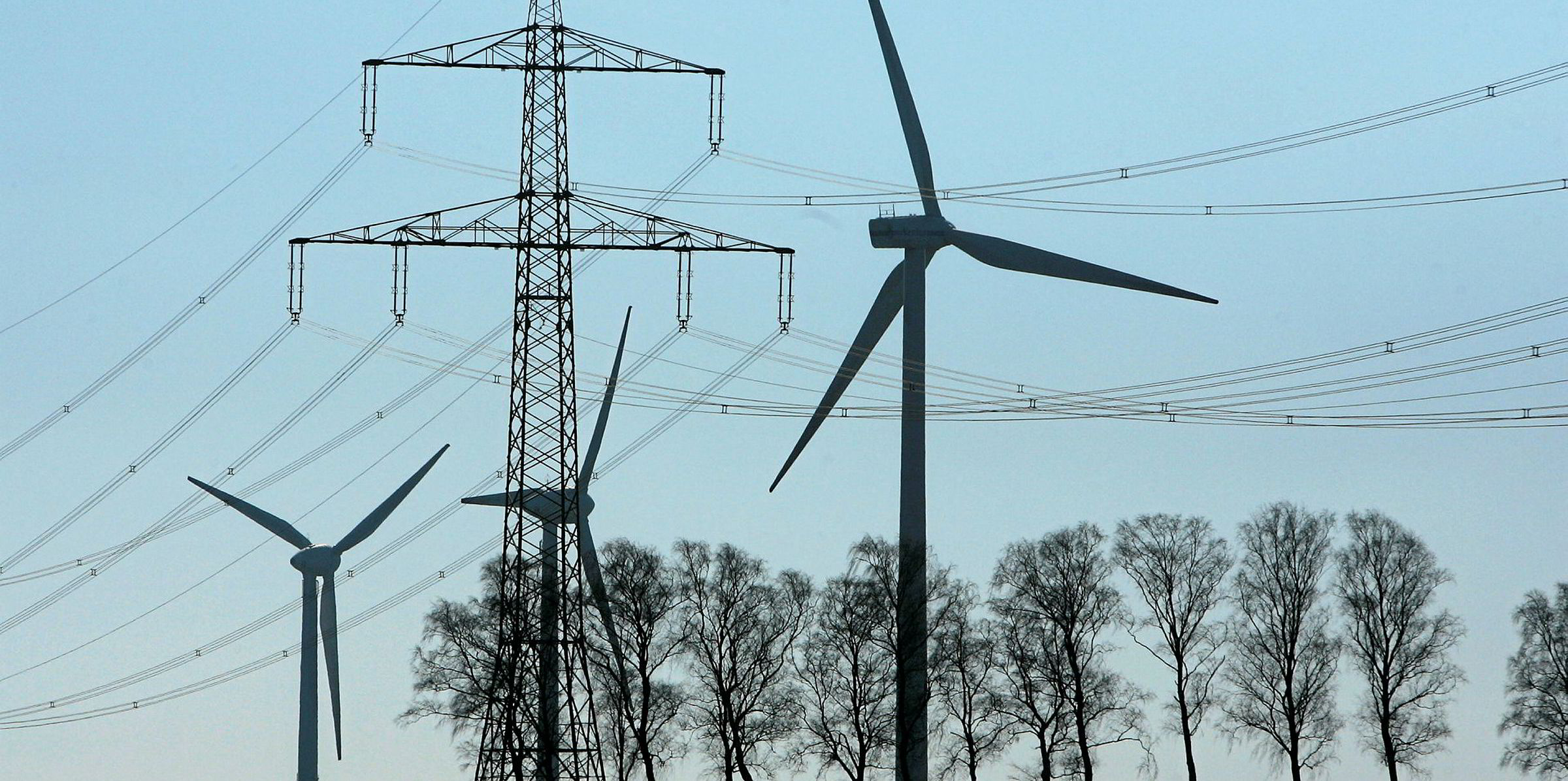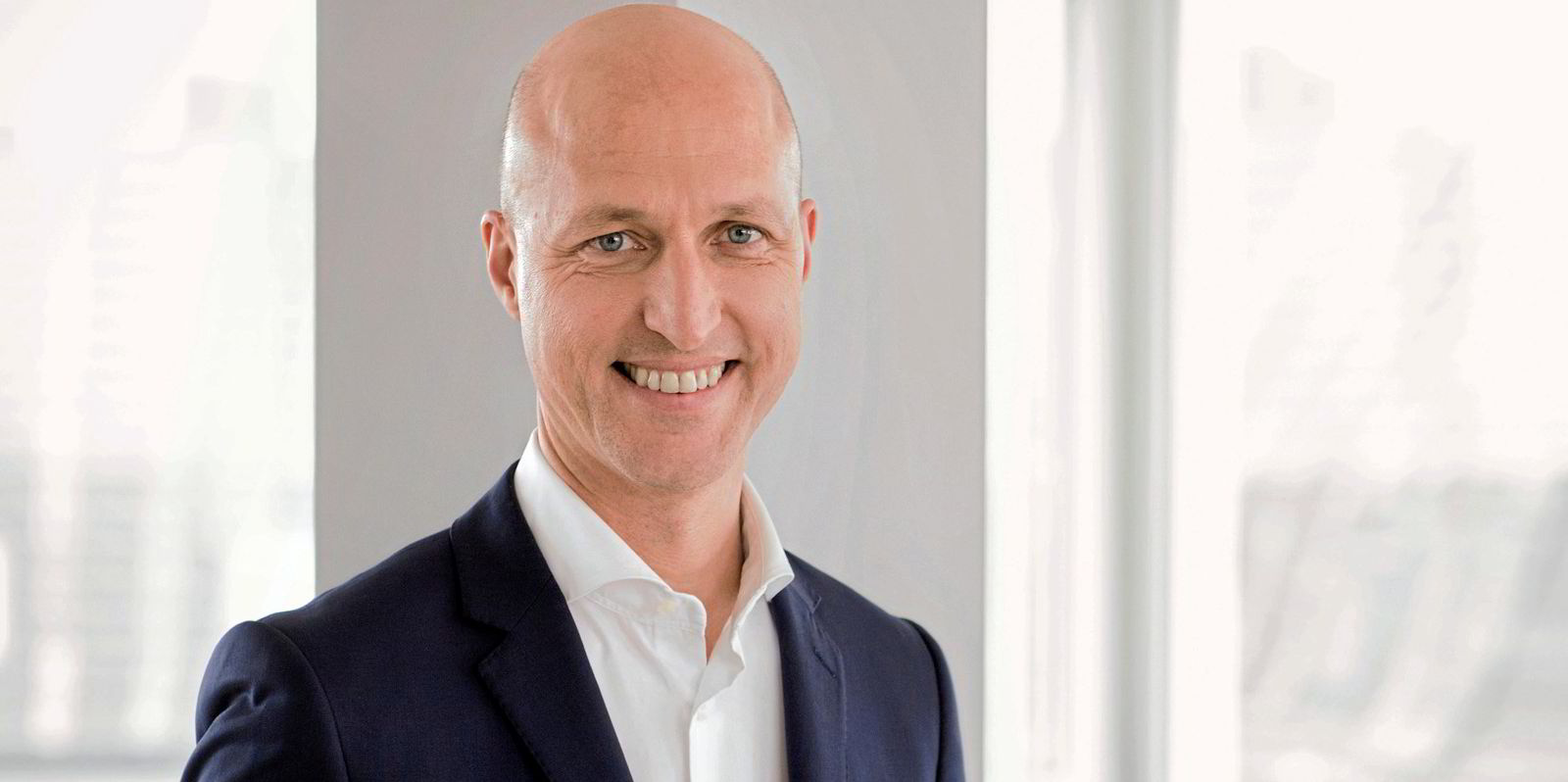More than 30 of the world’s biggest power system operators will join forces in a bid to sweep away the technical barriers to getting more renewables onto electricity networks, with an aim to help drive down emissions by 50% in ten years.
The Global Power System Transformation Consortium (G-PST) plans to ease the path for new technologies in power electronics and digitalisation, in what one group member called an “astounding” scale of collaboration and ambition.
Outdated and under-invested power systems are emerging as a major focus of concern as the amount of variable renewable energy increases on networks around the world.
The new consortium is led by the Australia Energy Market Operator (AEMO), National Grid ESO from the UK, California Independent System Operator (CAISO), Electric Reliability Council of Texas (ERCOT), Ireland’s EirGrid and Denmark’s Energinet.
In conjunction with more than 25 other network operators and world-leading academic and research bodies, G-PST plans to “dramatically accelerate the transition to low emission and low cost, secure, and reliable power systems, contributing to >50% emission reductions of all pollutants globally over the next 10 years, by enabling the efficient integration of substantial clean energy investments into power systems”.
“The coordinated effort and magnitude of this initiative is astounding,” said Pak Haryanto, a director at Indonesian power group PLN.
'Massive challenges'
Audrey Zibelman, CEO at Australia’s AEMO, told the BloombergNEF Summit that electricity decarbonisation will only be able to move at the pace of the world’s power systems.
“What we’re seeing in Australia is that once you get past 30-50% [renewable penetration] you’re absolutely dependent on these resources to keep the lights on. You need to make sure you have the capabilities.”
You’re absolutely dependent on these resources to keep the lights on.
Zibelman said the falling costs of wind, solar and storage can be taken as a given. “That’s not the issue anymore.
“The issue is moving from a system that’s designed around fossil and centralised stations that provide things like inertia and system strength and all the capabilities you need to run the system, to one that’s being provided by variable renewable energy, where we don’t have this essential capability we’re going to need to maintain the frequency of the system, the capability of the system to respond to events.”
Digitalisation, machine learning and other advanced technologies will all need to play a part in the transformation, she added.
“These are massive engineering challenges,” said Zibelman.



